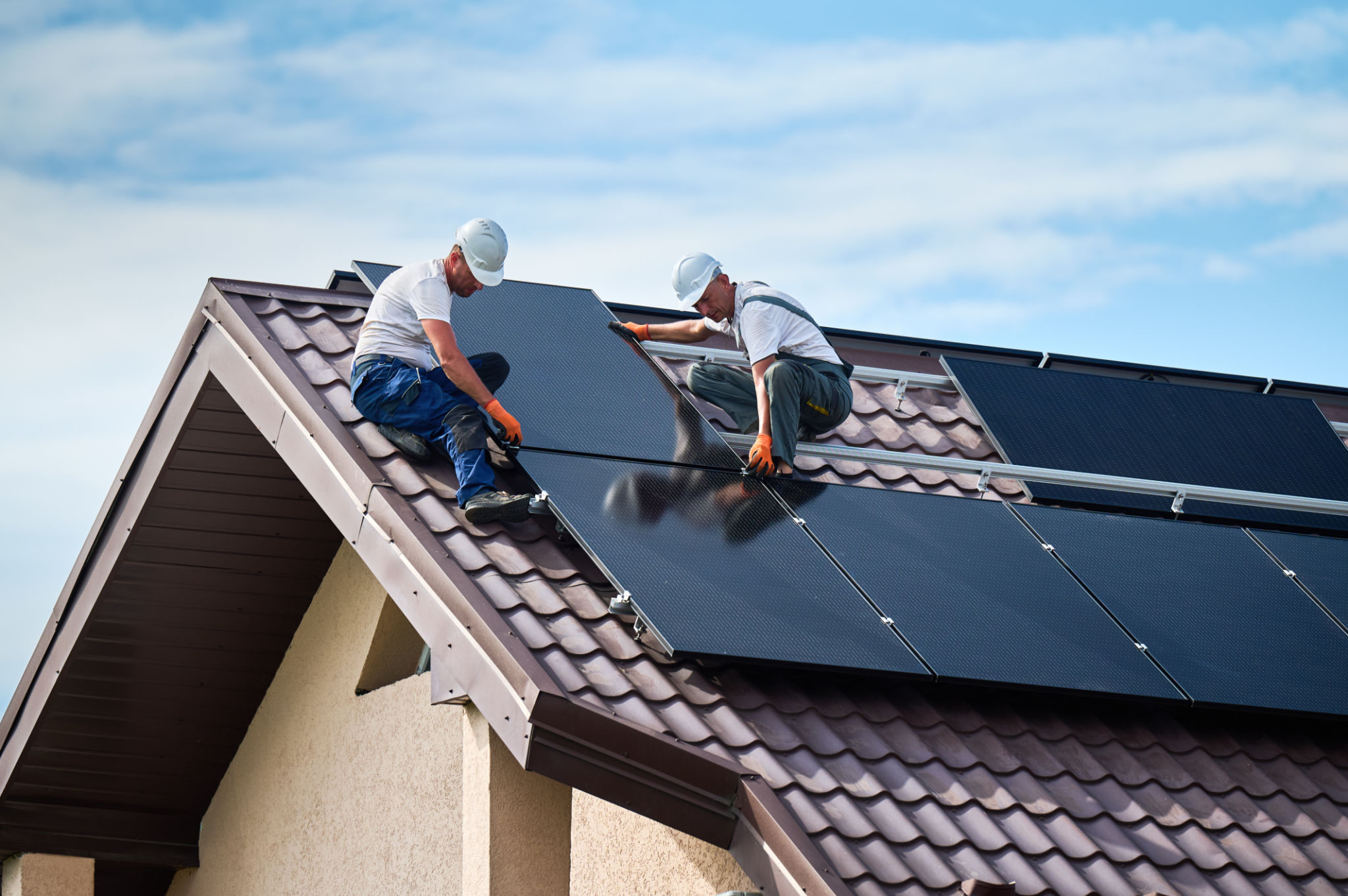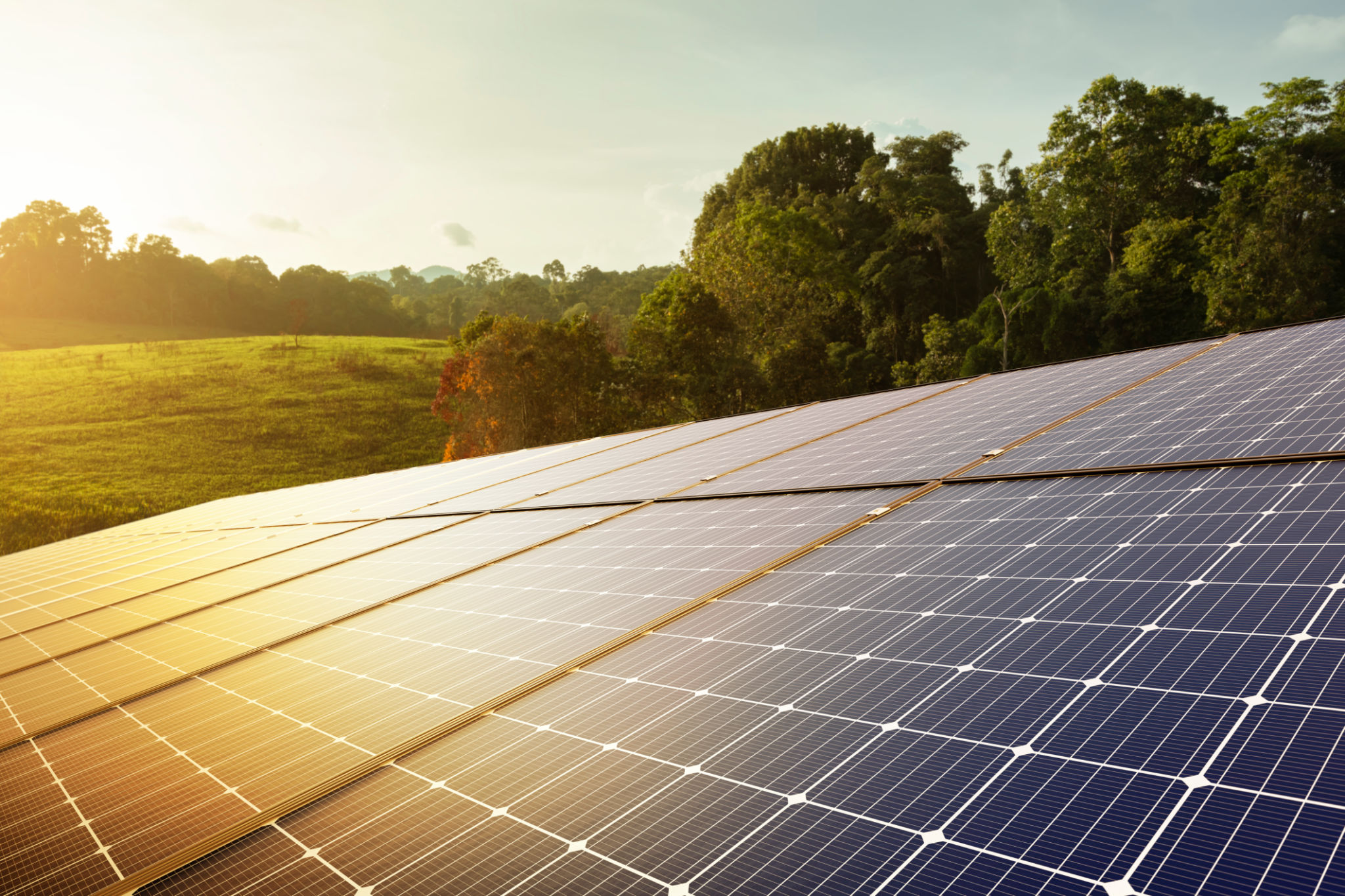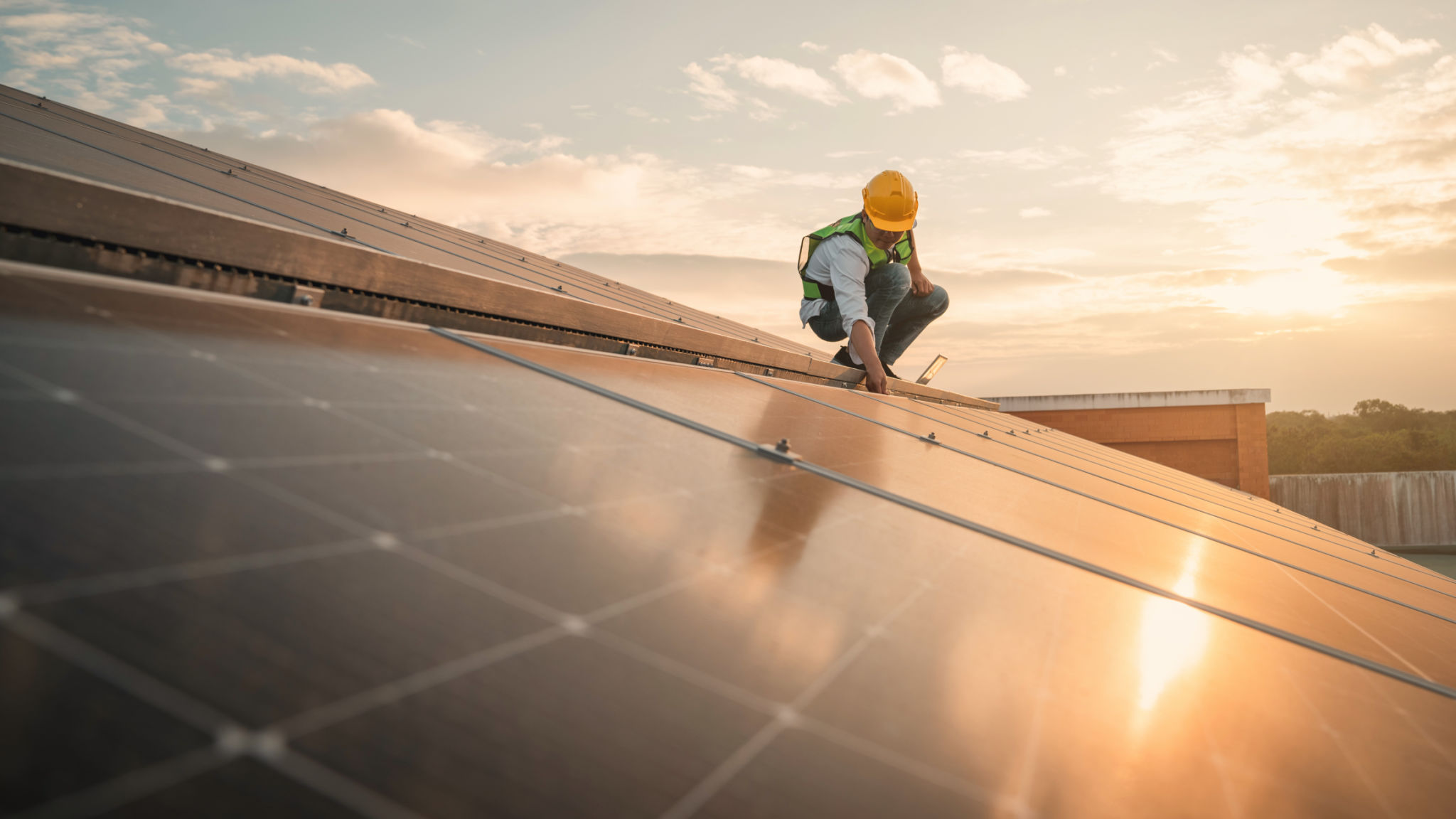The Ultimate Guide to Solar Panel Installation on New Roofs in Adelaide
Installing solar panels on a new roof in Adelaide is an excellent way to harness the power of the sun and reduce energy bills. However, it requires careful planning and consideration to ensure a successful installation. This guide will walk you through the essential steps and considerations for installing solar panels on new roofs.
Benefits of Solar Panels on New Roofs
Adelaide's sunny climate makes it an ideal location for solar energy. By installing solar panels on a new roof, homeowners can enjoy numerous benefits. Firstly, solar panels significantly reduce electricity bills by generating renewable energy. Secondly, they increase the value of your property, making it more attractive to potential buyers. Additionally, solar energy is environmentally friendly, reducing your carbon footprint.

Choosing the Right Solar Panels
Selecting the appropriate solar panels is crucial for maximizing efficiency and performance. There are several types of solar panels available, including monocrystalline, polycrystalline, and thin-film. Each type has its pros and cons, so it’s important to consider factors such as budget, space availability, and aesthetic preferences when making a decision.
Monocrystalline Solar Panels
Monocrystalline panels are known for their high efficiency and sleek appearance. They are made from pure silicon and perform well in both high and low sunlight conditions. Although they tend to be more expensive, their long-term performance often justifies the investment.

Polycrystalline Solar Panels
Polycrystalline panels are made from silicon fragments and are generally less expensive than monocrystalline panels. They offer a good balance between cost and efficiency but may be slightly less effective in low-light conditions.
Considerations for New Roof Installations
When installing solar panels on a new roof, several factors should be taken into account to ensure optimal performance and longevity. The orientation and tilt of the roof play critical roles in capturing maximum sunlight. Ideally, the roof should face north to receive the most sunlight throughout the day.

Structural Integrity
Before installation, it's essential to assess the structural integrity of the roof. Solar panels can add significant weight, so the roof must be able to support this additional load. Consulting with a structural engineer can help determine if any reinforcements are necessary.
Installation Process
The installation process involves several steps, including site assessment, design planning, and actual installation. A professional solar installer will conduct a site assessment to evaluate the roof's condition and suitability for solar panels. Based on this assessment, a custom design plan will be created to ensure optimal efficiency.
Professional Installation
Hiring a professional installer is crucial for ensuring a safe and efficient installation process. Certified installers have the expertise to handle complex wiring and mounting systems, ensuring compliance with all safety standards and regulations.

Maintenance and Monitoring
Once installed, solar panels require minimal maintenance but should be regularly monitored to ensure they are functioning efficiently. Cleaning the panels periodically to remove dust and debris can help maintain performance levels. Many systems come with monitoring software that allows homeowners to track energy production and detect any issues promptly.
In conclusion, installing solar panels on a new roof in Adelaide is a wise investment that offers both financial and environmental benefits. By carefully selecting the right type of panels, considering structural integrity, and choosing a professional installer, homeowners can enjoy the benefits of solar energy for years to come.